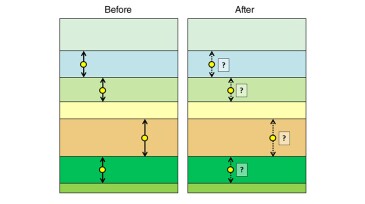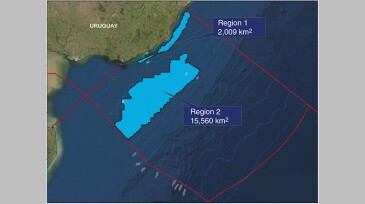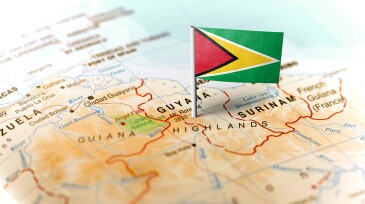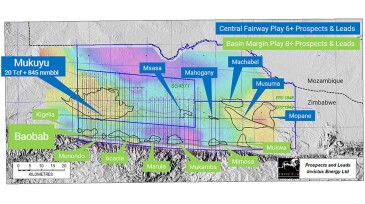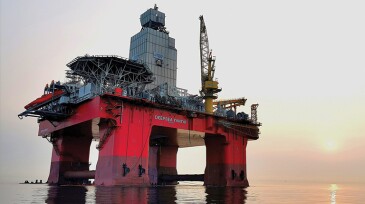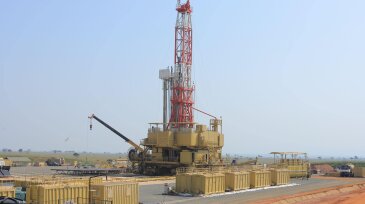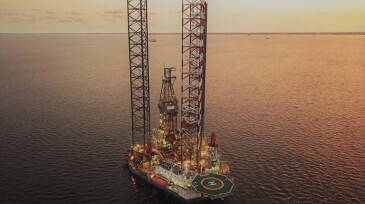Management
The agreement requires the partners to conduct their own proprietary 3D survey of Block 8 in hope of zeroing in on the sweet spot that eluded the TotalEnergies-led consortium when it drilled a dry hole in an adjacent block in 2023.
Murphy Oil’s Hai Su Vang (Golden Sea Lion) appraisal well reinforces the commerciality of the 2025 discovery.
The London-headquartered independent acquires position in the US Gulf while preparing Zama for final investment decision.
-
In this paper, example machine-learning models were trained using geologic, completion, and spacing parameters to predict production across the primary developed formations within the Midland Basin.
-
The authors of this paper present the results of an assessment of two regions in Uruguay suitable for bottom-fixed offshore wind technologies.
-
Additional milestones reached could add $14 million to purchase price.
-
The discovery in Putumayo could benefit from nearby existing infrastructure.
-
Mukuyu-1 sidetrack proves a working hydrocarbon system in the Cabora Bassa basin.
-
Wellesley estimates that the drilling campaign has proved a developable gas-condensate accumulation of 60 to 100 million BOE.
-
The Uganda oil project envisions drilling more than 450 wells on 35 well pads, leading to an estimated production of 230,000 BOPD at its peak once production starts up.
-
The next phase of drilling is expected to resume in mid-2024 and includes several sidetrack wells, long-reach directional wells, and stratigraphic exploration wells.
-
Challenges to development, including costs, cited as reasons for turning back the acreage.
-
Jackup rig Borr Norve has started drilling operations on the project’s fourth production well, DHIBM-6H.




